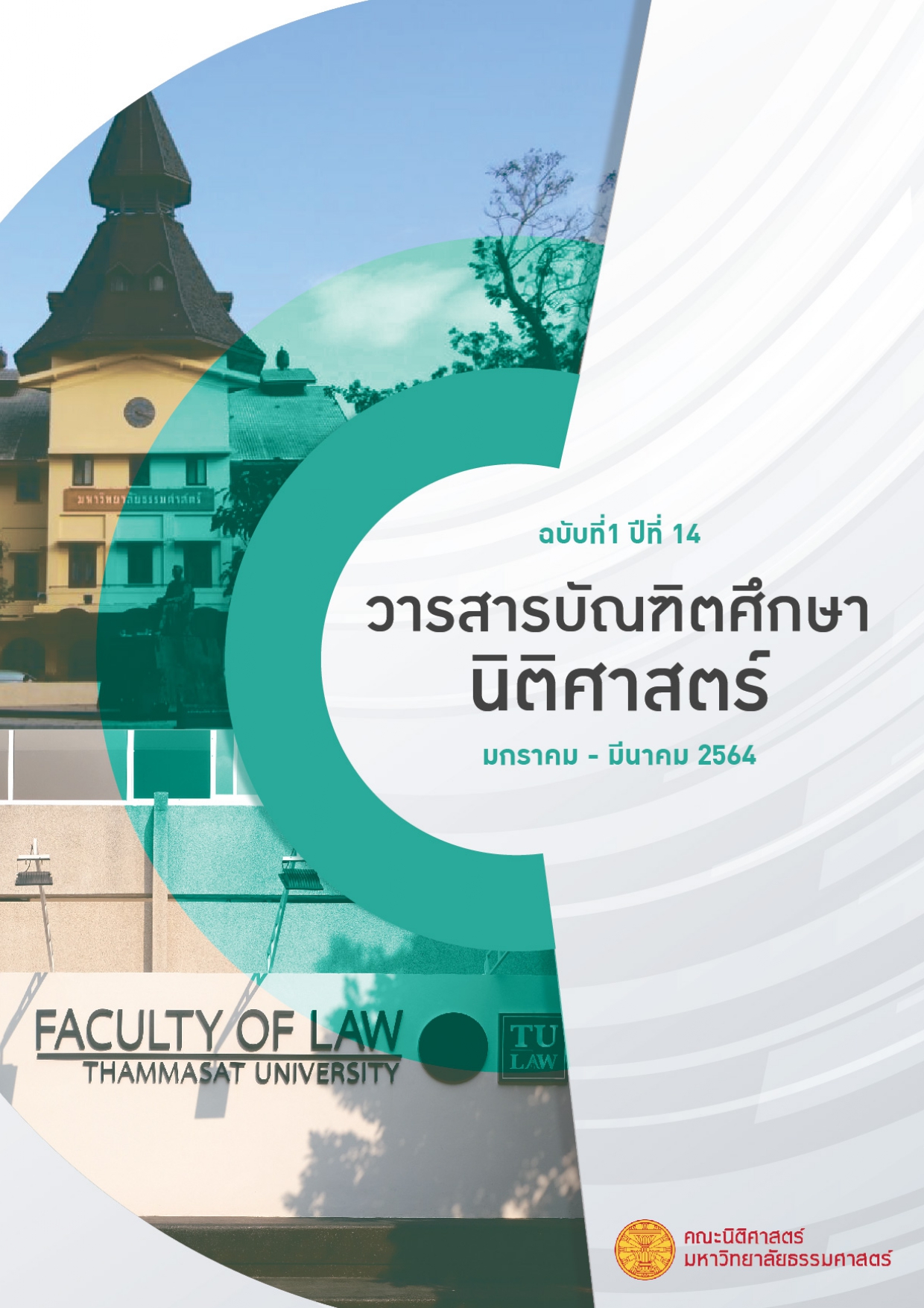LEGAL MEASURES ON THE PROTECTION OF PINK DOLPHIN
Main Article Content
Abstract
The Indo-Pacific humpback dolphin (Sousa chinensis) is currently in danger of extinction from habitat loss and pollution, as well as the impact of fishing and tourism. This article studies legal measures for conserving the Indo-Pacific humpback dolphin by formulating guidelines for adapting foreign laws to promote their conservation more efficiently and support effective dolphin conservation. Data was collected from books, research papers, and articles, as well as seminar, thesis, and electronic documents and analyzed.
An international comparative legal study was made of relevant laws in Australia, Malaysia, Singapore, and the United States of America (USA). In Australia, wildlife is classified
as extinct, endangered, and at risk of extinction. Malaysia has enacted laws increasing sanctions
for hunting and attempt to hunting female and immature animals. US law has prescribed measures and sanctions for hunting whales, for example, which may apply to protecting the Indo-Pacific humpback dolphin. Singapore has a law prohibiting ships from releasing oil and substances
mixed with oil into sea water. In addition, the United Nations Convention on the Law of the Sea mandates that all member states mutually cooperate to conserve sea mammals such as
the Indo-Pacific humpback dolphin.
Results were that Thailand’s law relating to conserving the Indo-Pacific humpback dolphin is the Wildlife Conservation and Protection Act B.E. 2562 (2019) which classifies dolphins
as protected wild animals. However, some problems remain from defining five categories
of wildlife —preserved wildlife, protected wildlife, controlled wildlife, dangerous wildlife,
and wildlife carcasses. Specifically banned are the import, export, or transfer of preserved wildlife, carcasses of preserved wildlife, or products made from preserved wildlife; collection, endangerment, or keeping of preserved wildlife; and hunting preserved wildlife or protected wildlife.
These strictures prove inadequate for protecting the Indo-Pacific humpback dolphin and preserving its habitat. For example, sea pollution killing dolphins may make species migrate to other areas. These findings suggest that further legislation should be enacted to more effectively protect the Indo-Pacific humpback dolphin. Currently, dolphin viewing at Ampher Kanom, Nakhon Si Thammarat Province is a popular tourist activity. Without further protection and conservation measures, the dolphin population may decrease to the point of extinction, affecting the ecosystem and other areas. Therefore, adapting international legal standards for use in Thailand will increase the effective protection of the Indo-Pacific humpback dolphin.
Keywords:
Protection, the Indo-Pacific humpback dolphin, Performance.
Article Details
บทความหรือข้อความคิดเห็นใด ๆ ที่ปรากฏในวารสารบัณฑิตศึกษานิติศาสตร์เป็นวรรณกรรมของผู้เขียนโดยเฉพาะคณะนิติศาสตร์ มหาวิทยาลัยธรรมศาสตร์ และบรรณาธิการไม่จำเป็นต้องเห็นด้วย


